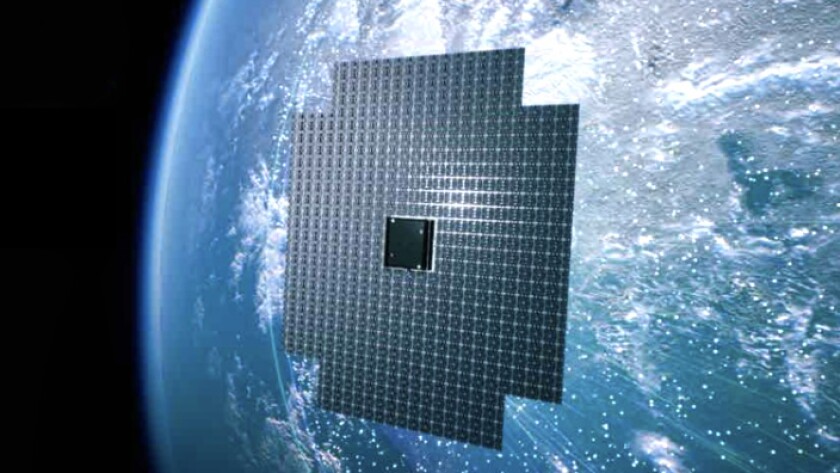AST SpaceMobile’s BlueWalker 3 (pictured) is on the way to California for final environmental testing, the company announced, and then it will be delivered to Cape Canaveral for launch into low Earth orbit (LEO).
The aim is to try out 4G mobile coverage for remote areas, to and from standard, unmodified cellphones, which will swap automatically between the existing radio access network (RAN) and satellite service.
BlueWalker 3 will carry a 64 square metre phased array antenna that will test the idea of direct satellite-to-mobile communication. AST SpaceMobile has booked SpaceX to launch the satellite at around 400km above the Earth’s surface.
If BlueWalker 3 is successful, AST plans BlueWalker 3 larger operational satellites called BlueBird, which it hopes to start deploying in 2023. Reports suggest AST SpaceMobile wants 110 of the satellites in orbit the following year to provide widespread mobile coverage.
Investors in AST SpaceMobile include American Tower, internet services company Rakuten, Samsung Next, the Korean company’s investment arm, and mobile operator Vodafone. Globe of the Philippines and Orange’s African businesses have said they are willing to try the company’s services.
At the same time Ericsson said a few days ago that it is working with French aerospace company Thales and US chip company Qualcomm on a similar trial.
AST SpaceMobile said: “Over the next few weeks, BlueWalker 3 will be undergoing final environmental testing at an off-site facility in California, which will provide flight data to be used during the launch at Cape Canaveral. Following this activity, BlueWalker 3 will continue its journey to Cape Canaveral, with a launch window for early to mid-September.”
The company warned: “The actual launch date remains subject to change and is contingent on a number of factors including, but not limited to, final testing, final integration, ground transport, timely readiness of the launch vehicle and other unknowns including, but not limited to, weather conditions or technical problems.”






